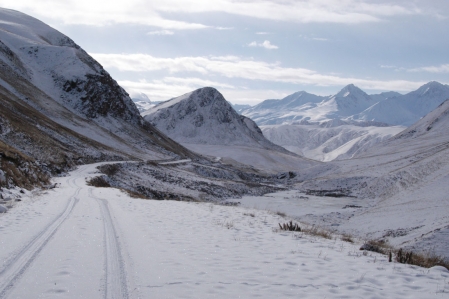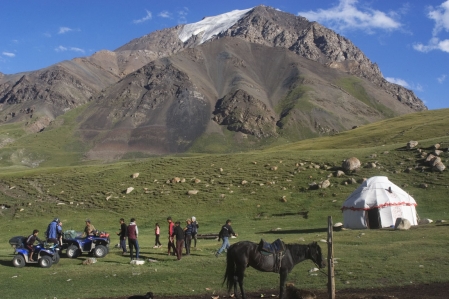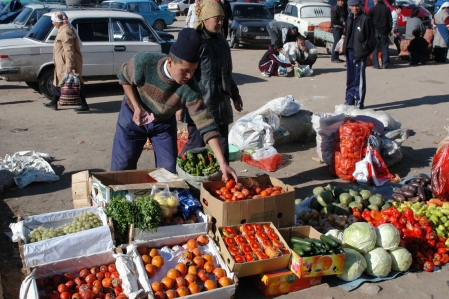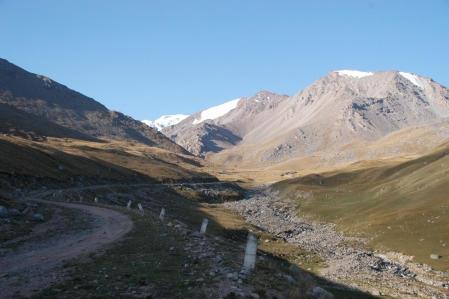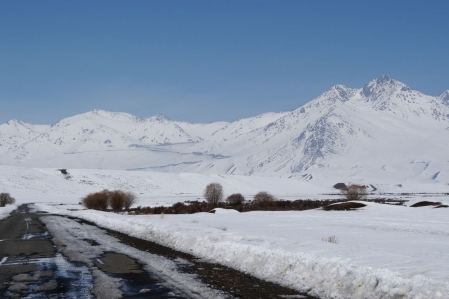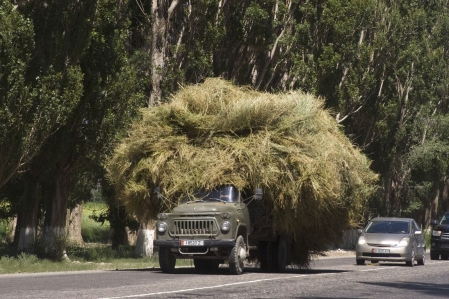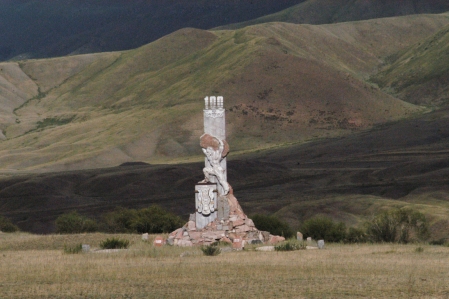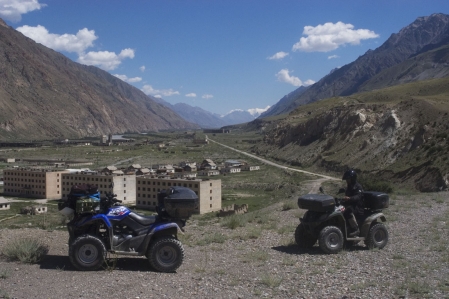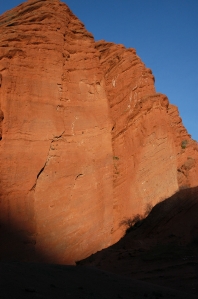Kyrgyzstan is a state with about 5.5 million inhabitants in Central Asia. Kyrgyzstan borders Kazakhstan in the north and has a border length of 1,113 km. In the southeast Kyrgyzstan borders China and the border is 1,048 km long. To the south, Kyrgyzstan borders Tajikistan and still has a length of 972 km. In the west, Kyrgyzstan borders on Uzbekistan with a length of 1 374 km. The capital of Kyrgyzstan is Bishkek.
The mountainous Kyrgyzstan has an area of about 199,900 km² and about 5.6 million inhabitants. Kyrgyzstan is situated in the high mountains of the Tian Shan Mountains. The highest point of Kyrgyzstan is the Pik Pobeda (Dschengisch Tschokusu) with an altitude of 7,439 m. Geologically, the Tian Shan is a young mountain range, which is why the mountains in Kyrgyzstan dominate and ruggedly rise and valleys deeply cut. Kyrgyzstan still includes a large part of the Alay mountain range and a part of the Pamir mountain range.
The population is mainly concentrated in the Chüi level in the north in the Ferghana Valley in the south, and to a lesser extent in mountain valleys such as around the large lake Issyk-Kul. The southern end of the country is the mountain chain of the Alay mountain range with the Pamir Mountains. The most important rivers of the country are the Naryn, the Chüi and the Talas.
Animals and Plants
Kyrgyzstan has a fascinating animal and plant world. Kyrgyzstan is home to the largest walnut forests in the world. In the woods live deer, bear, marten, wild boar, wolf and lynx. In the highlands, there are the most rare Snow Leopard and Marco Polo sheep. In the higher parts of Kyrgyzstan, birds of prey like black kites, goose vultures and various eagle and falcon species live. The bee-eater is to be found in the summer months and admire with its colorful spring dress (red, blue yellow, etc.).
Mountain roads & passes
Pamir Highway Silk Road Discover more passes and mountain roads …






